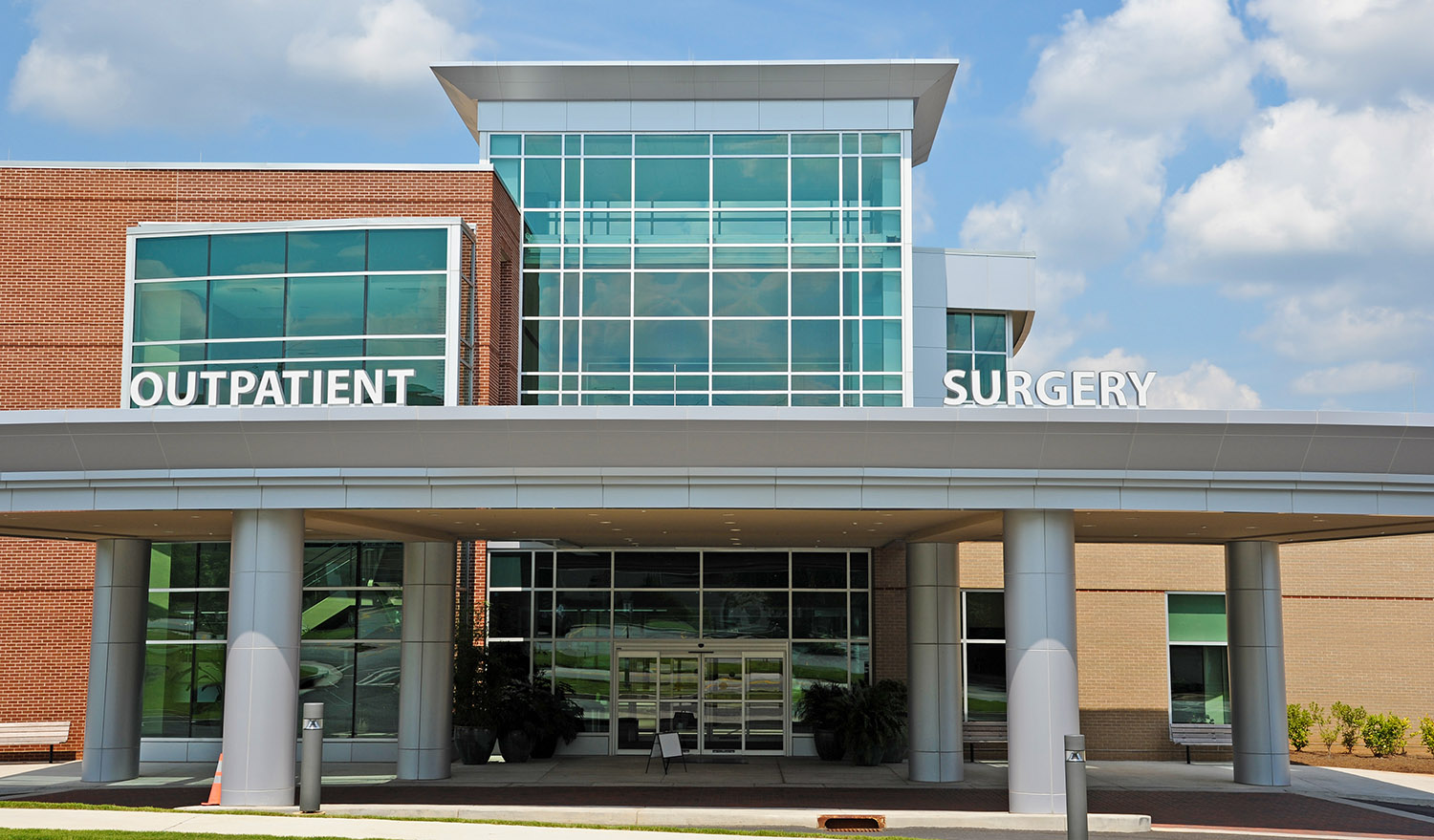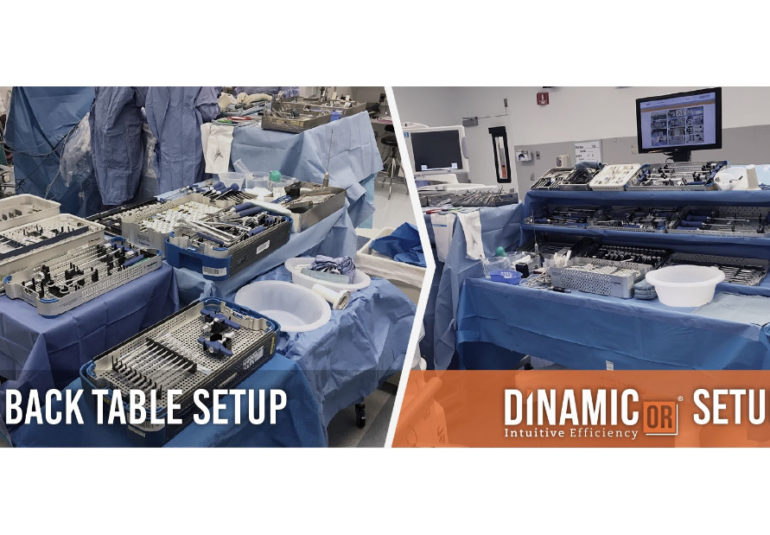
- DinamicOR
-
by feed_admin
It’s no secret that in the wake of the continuing COVID-19 pandemic, hospitals are finding themselves stretched to the limit. Staffing shortages and lack of space are forcing larger hospitals to either postpone surgeries or push them to other facilities, with many going to ambulatory surgery centers (ASCs) and physician-owned hospitals. As the Delta variant continues to rage and grow stronger in colder weather, this phenomenon is expected to continue right through the end of 2021 and beyond.
All this has resulted in a fairly sudden and significant increase in the business being directed to ASCs and physician-owned hospitals. In 2005, hospitals had almost a 60 percent share of the outpatient surgery market, but that percentage has shrunk to around 40 percent today – with ASCs and physician-owned hospitals picking up the bulk of the difference. This means there is now a much greater emphasis on efficiency and patient-centric care at these facilities.
Facing the challenges
Just like their larger counterparts, surgery centers and physician-owned hospitals are faced with a number of challenges stemming from the pandemic, and the increased volume of business coming their way. One of the biggest challenges is finding enough qualified physicians and nurses to staff their facilities. There has been a major scramble in healthcare for all organizations to scoop up qualified personnel to provide quality care for patients.
Another aspect of the staffing shortages that are troubling to medical facilities is the strong competition for the most qualified professionals. If you lack the physicians necessary to provide quality healthcare to patients, the existing doctors on staff are forced to work longer hours, handle more patients, and become subject to burn out more quickly. With not enough skilled practitioners to go around, staff members are sometimes stretched to the limit, and procedures have to be ultra-streamlined for efficiency.
Strategies for increasing efficiencies
What all this means is that surgery centers and physician-owned hospitals need to find ways to create efficiencies within their organizations to keep costs down, streamline procedures, and gain efficiencies. One of the ways to become more efficient is to reduce the need for manual administrative procedures such as invoice-matching and purchase-order matching. Online ordering systems can provide a much faster way to accomplish this, and free up your personnel for more value-added tasks.
Streamlining operating room procedures is another way medical facilities can gain efficiencies. One of the best devices for accomplishing this is the DinamicOR Back Table Solution. Implementing this back table system into the OR instantly injects efficiency and predictability into OR procedures. The DinamicOR Back Table Solution allows for 92 percent visibility of all surgical instruments, meaning they will always be quickly retrievable. The innovative back table system is also proven to reduce OR turnover time by 33 percent. When combined with the guided Workflow Management App (included in the system) it ensures that operating rooms are set up the same way, according to procedure and surgeon preference – saving crucial time during a surgical procedure.
With an increased volume of business, it is becoming critical for surgery centers and physician-owned hospitals to maximize efficiencies. It’s important to act now before your facility is put into the position of scrambling to keep up.


